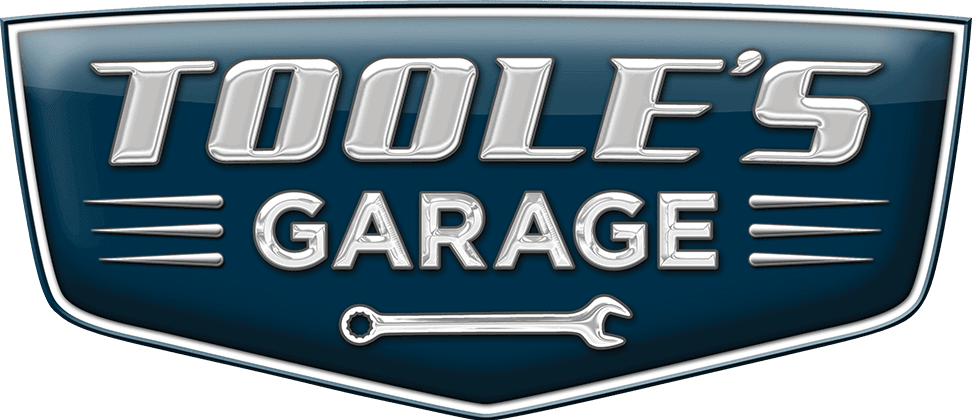October 30, 2025
Seeing that little engine-shaped icon glow on your dashboard can be unsettling. We get it—your car seems fine, maybe even drives “just the same,” but the warning light won’t quit. Here in Stockton, where our vehicles face dust, variable traffic, and stop-and-go commutes, we’ve seen plenty of drivers shrug off the illuminated warning. In this article we’ll demystify the “Check Engine” light (CEL) , explain some of the most common causes, why ignoring it can cost you more than you expect, and why scheduling a diagnostic sooner is the smart move.
.jpeg)



